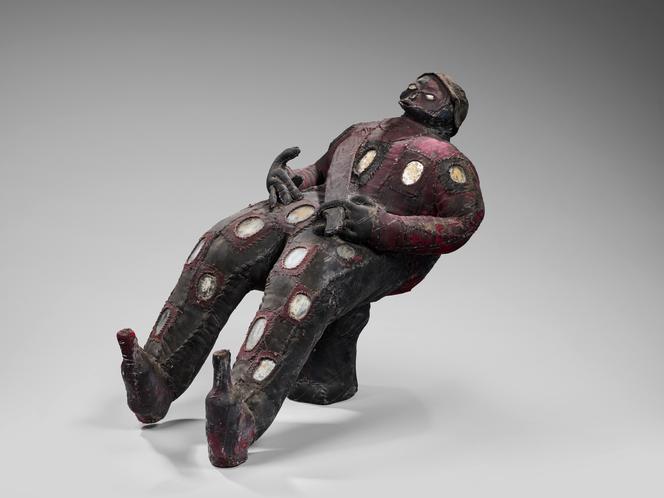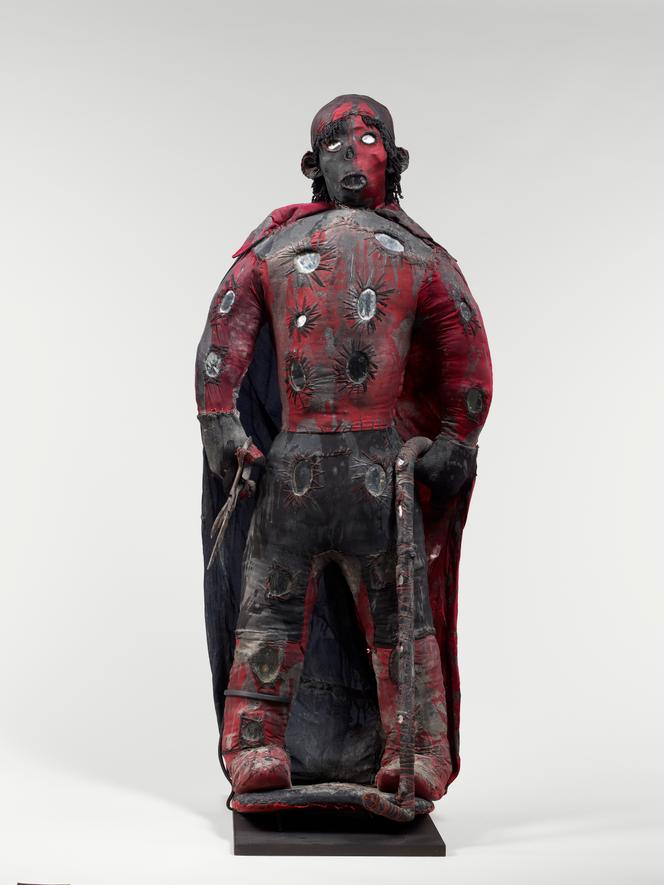


In 2018, the Musée du Quai Branly's blockbuster exhibition, "Ghosts and Hells: The Underworld in Asian Art" made its mark. After ghosts – souls without bodies – comes zombies, bodies without souls. This time, the Parisian institution is offering a fascinating little exhibition, "Zombies: Death is not the end?," which explores the intersection of field research, history, science and pop culture on other restless dead: The original zombies of Haitian voodoo.
Unlike Hollywood's more familiar and derivative undead, this exhibition delves into the anthropological roots of zombification. The real zombie is Afro-Caribbean, derived from Haitian voodoo, a syncretic religion that blends those of sub-Saharan Africa, the West Coast and parts of Central Africa with Catholicism. During the three-month capture, transatlantic travel and sale, the enslaved were forcibly indoctrinated into Roman Catholicism. Thus, crosses and saints are omnipresent in Haitian voodoo, but they are often fetishized crosses, sometimes even anthropomorphic.
Haitian voodoo shrines also feature Native American objects, linked to the rituals by a territorial anchoring effect. Indeed, the island's indigenous Taino people, descendants of the Arawak tribe present in the Greater Antilles when the Europeans arrived, passed on the secrets of poisons and plants to the "maroon" slaves who had escaped from the plantations. A life-size reconstruction of a voodoo temple at the start of the exhibition highlights this syncretism of rituals: beyond the crosses and fetishes, there are the "veves," small floor drawings from the Taino tradition, used to invoke the "loas," the deities.
Haitian voodoo is not witchcraft, but a structured religion, organized into secret societies, one of which, the Bizango, is responsible for matters of justice, including the zombification of individuals found guilty of crimes, condemning them to wander as the living dead. Among the many objects and representations on display, the most striking are the human-sized Bizango sculptures, made of black and red cloth with mirrored eyes.

These sculptures are present at trials, as can be seen by entering the Bizango sanctuary, known as the "army of shadows" – another reconstruction of a key site in Haitian voodoo rites, complete with peristyle and a cemetery – where these life-size objects face the accused. A scan of a sculpture reveals that they are made up of objects including a cemetery cross, the skull of a former Bizango member, and bottles containing souls.
You have 33.47% of this article left to read. The rest is for subscribers only.
